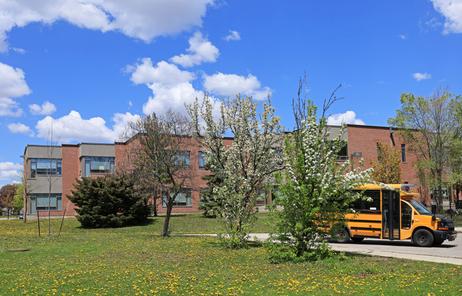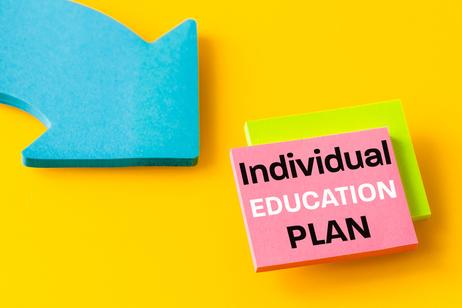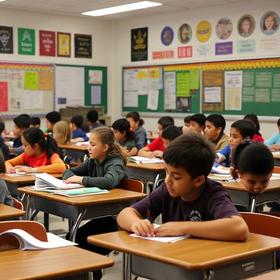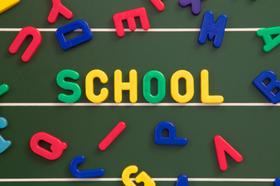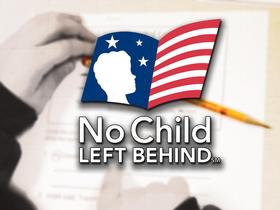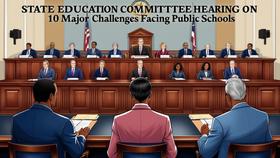Banishing the Phone-based Childhood
My late wife had a "brick," as those first Motorola cellphones were affectionately nicknamed. Back in the 90s, there were very few cell phones worldwide. Those early cell phones were bulky, expensive, and used primarily by business people. At that time, the pager was the only affordable signaling technology available to consumers. I remember keeping a pager in my belt when I ran with the local volunteer fire department. It wasn't until the 2000s that cell phones became affordable and widely available. The computing power of current smartphones is mind-boggling. That power, universal availability, affordability, and connectivity partnered with social media in all its forms have unleashed a phenomenon known as the phone-based childhood.
So, let's take a look at this phenomenon and its ramifications.
A professor from New York University says our society’s “new phone-based childhood” is making young people sick and blocking their progress toward success during adulthood. He says we “need a dramatic cultural correction, and we need it now.” Source: Niklaus Children's Hospital
After smartphones replaced flip phones, young people had the Internet in their pockets. They could use their phones anywhere, anytime. And that is the root of the problem: Young people have become addicted to their phones. Social interaction, reading, and playing outside are the 1990s and 2000s artifacts.
Growing up, we went outside to play in good weather. We played board games or worked jigsaw puzzles when the weather was


